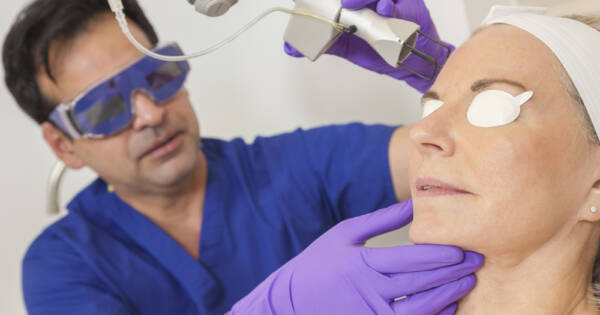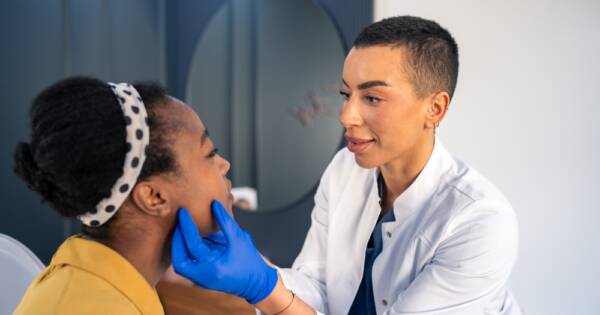The transformative potential of Botox extends beyond cosmetic applications, offering a promising treatment for movement disorders like tardive dyskinesia and essential tremor. This treatment targets involuntary muscle contractions, providing symptom relief and enhancing quality of life. While Botox injections demonstrate efficacy and customizable solutions, considerations around safety and side effects are crucial for patients.
Exploring Cosmetic Injections for Tardive Dyskinesia
Tardive dyskinesia is a disorder characterized by repetitive, involuntary movements, often affecting facial muscles. While primarily associated with the use of neuroleptic medications, it poses a significant challenge to quality of life. Recent developments in treating movement disorders have made cosmetic injections, particularly Botox, a promising treatment option. Known for its role in cosmetic enhancements, Botox can also address various motor disorders by targeting excessive muscle contractions through its mechanism of action. This intervention is gaining traction as it effectively reduces the intensity of symptoms associated with these disorders by using botulinum toxin type A.
Botox injections work by blocking nerve signals to specific muscles, thus temporarily preventing abnormal movements. Research and clinical trials demonstrate significant improvement in movement disorder symptoms, including tardive dyskinesia. These injections are administered directly into the overactive muscles, allowing for precise targeting and symptom relief. As effects usually appear within a few days, reaching maximum impact in approximately two weeks, patients can experience relief for three to six months post-treatment. This duration varies based on individual reactions and may necessitate periodic treatments to maintain efficacy by managing muscle overactivity.
The Benefits of Botox in Treating Essential Tremor
The benefits of Botox extend beyond aesthetic enhancements, offering considerable advantages in managing essential tremor symptoms. Essential tremor is a common movement disorder that leads to an uncontrollable shaking in various parts of the body, often exacerbating over time. With standard medications sometimes proving ineffective, Botox presents a viable alternative for symptomatic relief by providing localized symptom reduction. It addresses both the hand and head tremors, which can severely impact daily functioning and social interactions. Botox’s ability to improve conditions like vocal tremors further exemplifies its potential benefits, especially when oral medications fall short.
By injecting Botox into targeted muscles, tremor intensity is minimized, which not only alleviates physical symptoms but also improves the patient’s overall quality of life. Many patients report enhanced communication abilities, minimized social embarrassment, and restoration of normal day-to-day functions. This is particularly valuable for patients who suffer from severe symptoms that oral medications fail to manage adequately. The treatment is customized for each individual, taking into account specific muscle needs and administering appropriate dosages. Such personalization helps in reducing potential side effects while ensuring maximum efficacy through customization.
Safety and Considerations of Botox Treatment for Movement Disorders
Although Botox treatment is generally considered safe, it comes with its own set of considerations. Patients may experience mild side effects such as temporary muscle weakness or soreness at the injection site. Some may face transient symptoms, such as difficulties in swallowing, particularly when treating cervical dystonia. A significant concern is the possible spread of the toxin beyond the injection site, which could result in more serious symptoms like difficulty breathing. Such risks necessitate careful medical supervision during treatment, and a thorough discussion of the potential benefits versus risks with a healthcare professional is crucial to assess the treatment risks.
The strategic use of Botox is further enhanced when combined with complementary therapies such as physical exercises. These exercises can help maintain joint mobility and prevent muscle contraction, offering a holistic approach to managing movement disorders. Through these methods, patients can achieve a considerable improvement in symptom management and overall life quality. While Botox stands as an alternative when traditional treatments prove ineffective, it should be part of a broader, individualized therapeutic plan that includes complementary therapies.
Why You Should Learn More About Botox Treatments for Movement Disorders Today
The potential of Botox in managing movement disorders such as essential tremor and tardive dyskinesia is increasingly recognized in the medical community. Its ability to precisely target and relieve specific symptoms where other treatments may falter presents a compelling case for its consideration in therapeutic strategies.
By enhancing quality of life, restoring normal functions, and reducing socially embarrassing symptoms, Botox holds the promise of transforming treatment paradigms for many patients. Thus, understanding the benefits, applications, and safety considerations of Botox is essential for anyone affected by these challenging conditions.




